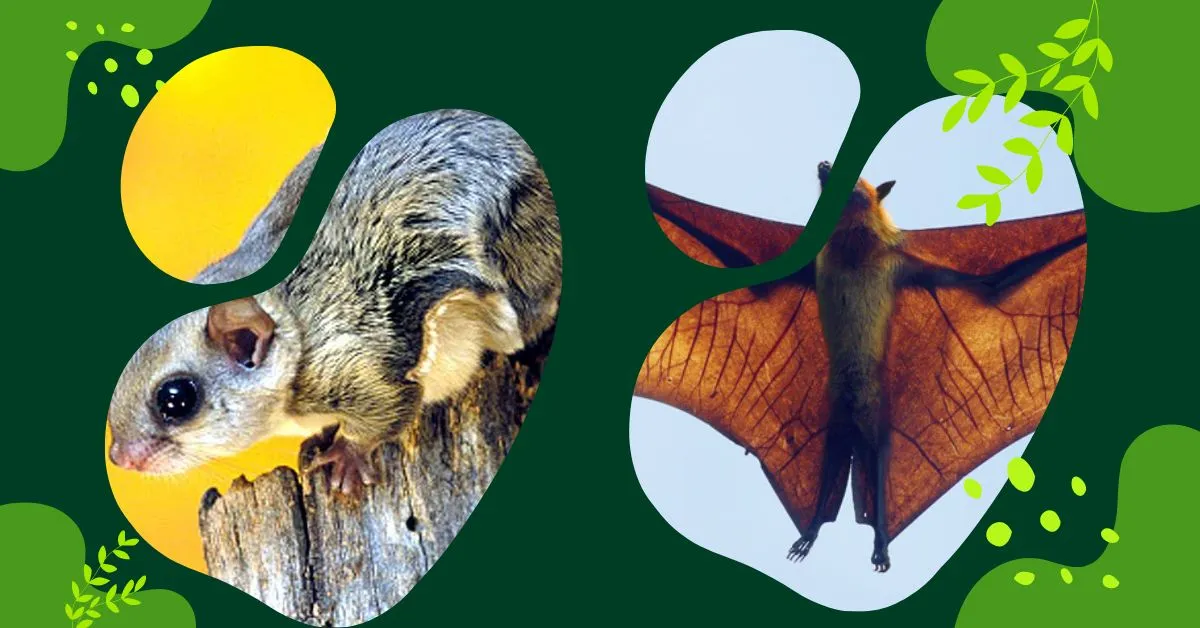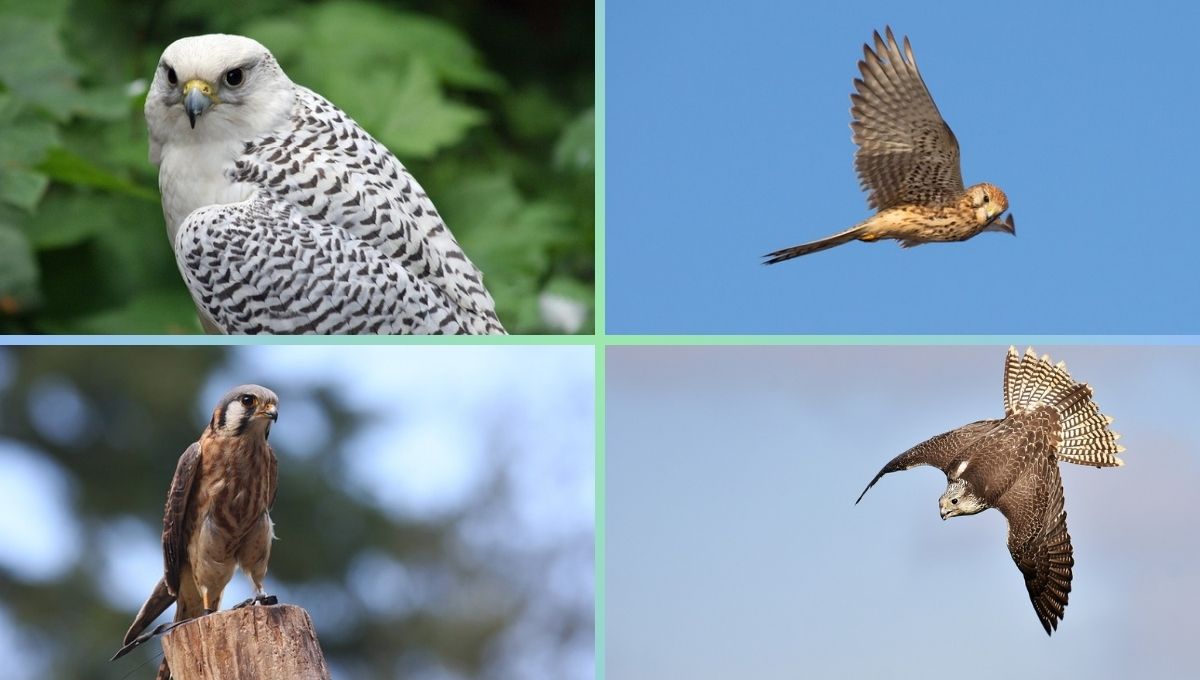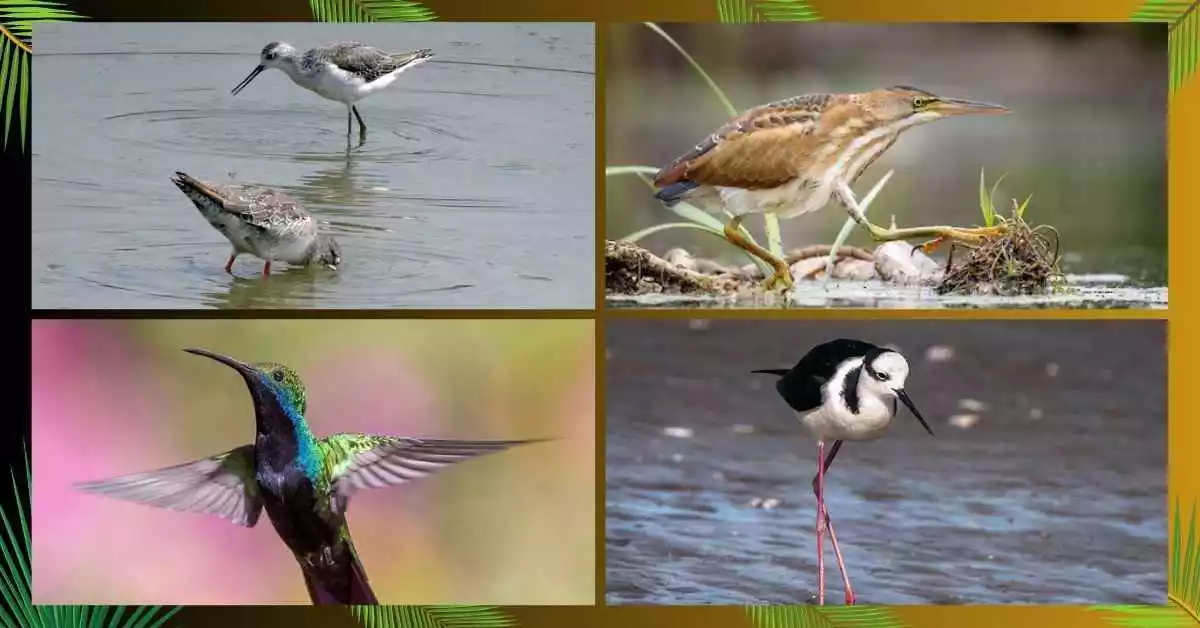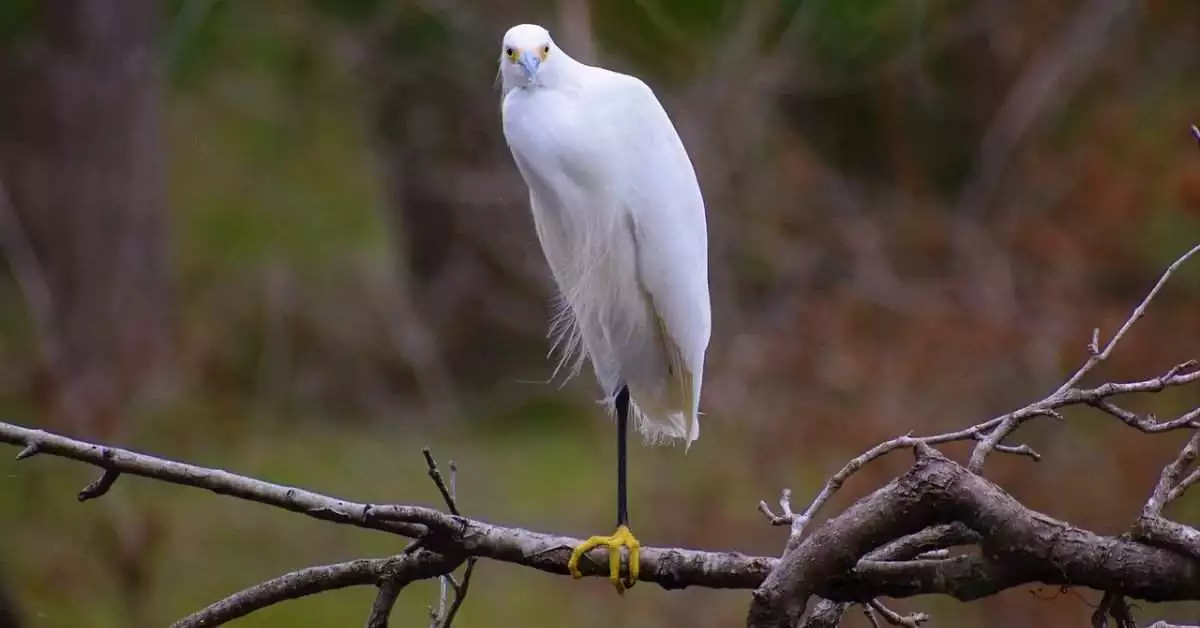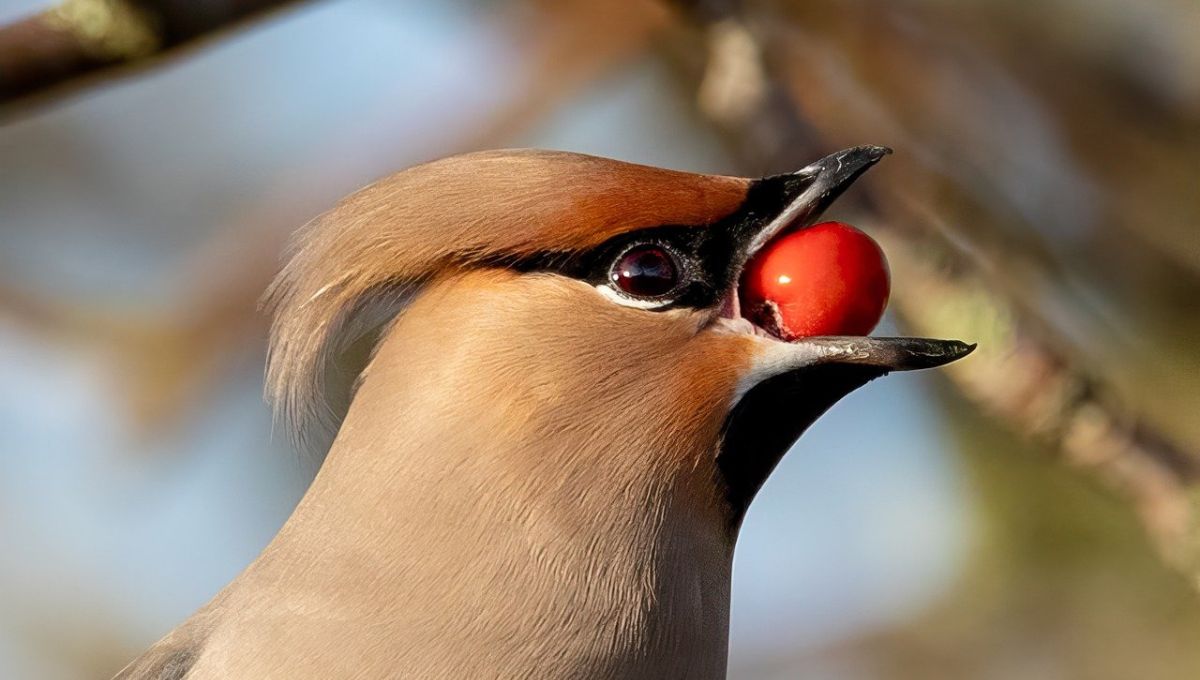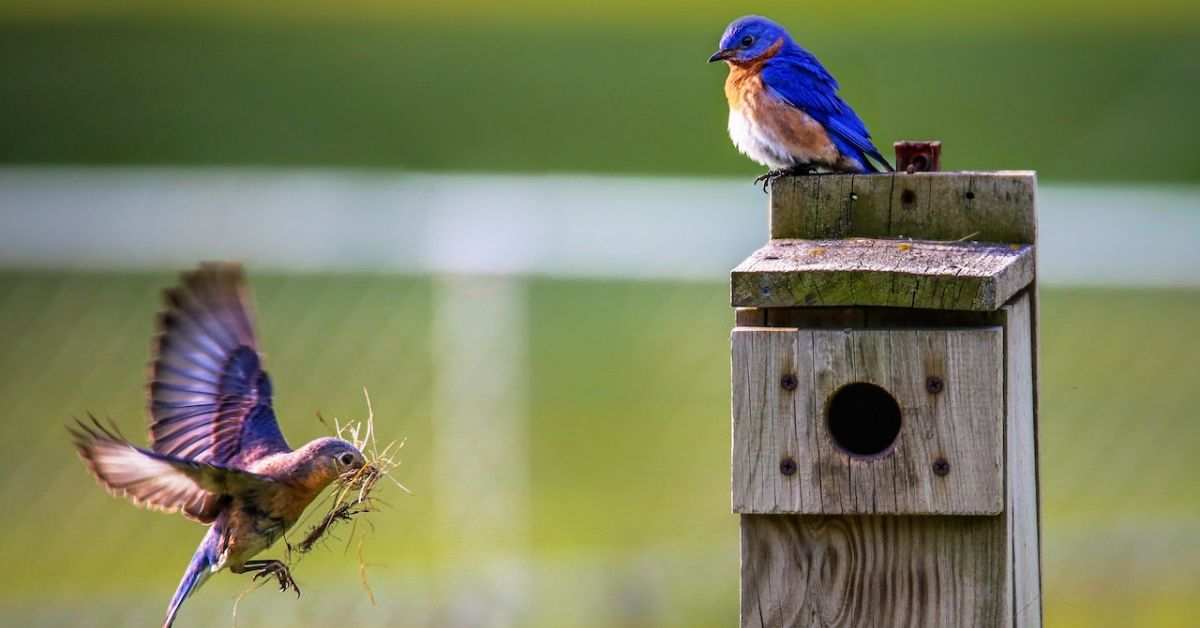Most of the mammals are flying in the sky, but we found 8 mammals that can fly in surprising ways. So, in this article we are discussing those top 8 mammals.
Read More: World’s all country national animal names
Here are some mammals that can fly:

NO- 8. Flying Squirrel:
Although it technically glides rather than flies, the Flying Squirrel can adjust its speed and position.
There are about 50 species of these gliding little mammals (or mammals that “fly”), which can grow up to 300 feet long.
Especially adept at gliding, flying squirrels can control their speed and their position.
This is mainly due to the projections on their wrists. These projections are made of cartilage and form something like wings. No other gliding mammal has one.
Read More: Which animal has the largest nose?
NO-7 Feathertail Glider :
This native Australian marsupial is the smallest gliding mammal in the world.
It has soft fur that is gray above and white below, large, forward-facing eyes and round ears.
Because it feeds mostly on pollen and nectar, this glider’s tongue is unusually long and full of papillae.
Read More: All animals sound name in English
NO-6 Anomalures:
Anomalurus, also known as the scaly-tailed flying squirrel, is found in Africa. There are three genera and seven species, and although they are called flying squirrels they are not related to the flying squirrels of the Sciuridae family.
Read More: Why Do Male Gorillas Beat Their Chests?
NO-5. Colugos:
The tree-dwelling colugo can travel up to 230 feet between trees without losing much height. These gliding mammals are found in Southeast Asia and consist of two species.
Calugos are herbivores and have an interesting set of teeth, as their incisors resemble small combs and their second upper incisor has an extra root. It is not seen in any other mammals.
Read More: Interesting facts about white fox
NO-4 Greater Glider:
Greater gliders have membranes on each side of their bodies that extend between the elbows and ankles. These give Greater Gliders the ability to control their glide.
Greater gliders are members of the genus Petauroides and, like sugar gliders, they are found in Australia. But the two animals are not very closely related, although both are glides and both are marsupials.
NO-3 Sugar Glider:
Native to southeastern Australia, the sugar glider launches itself from trees by exposing gliding membranes.
It has a luxuriously thick and soft coat that is often shaded blue-grey above with a black stripe running from its nose to the back and cream-colored underparts.
Male sugar gliders have four scent glands, and these glands appear on the animal’s head and chest, which are bald.
NO-2 Microbats:
Microbats use echolocation. These are very small bats that often use echolocation to navigate the night sky and find their prey. Most of these bats are between 1.6 and 6.3 inches long.
They are mostly insectivores, although giant bats can take large animals such as frogs or fish, and even small bats. A few species found in Central and South America drink blood, and some species eat nectar or fruit.
NO-1 megabates:
Also called the “flying fox,” megabats have a keen sense of smell and keen eyesight. They are the largest bats in the world and are commonly called flying foxes or fruit bats.
There are about 60 species of these bats and they are found in South and Southeast Asia, East Africa and Oceania. Unlike smaller bats, they do not echolocate but have keen eyesight and a keen sense of smell.
The greater flying fox is one of the largest of these bats. Native to Southeast Asia, it is a herbivore despite its scientific name, Pteropus vampyrus.
